 To enhance service speed and avoid tariff delays, we've opened a US warehouse. All US orders ship directly from our US facility.
To enhance service speed and avoid tariff delays, we've opened a US warehouse. All US orders ship directly from our US facility.
| Cat. No. | Product Name | Field of Application | Chemical Structure |
|---|---|---|---|
| DC44518 | SY-5609 (CDK7-IN-3) Featured |
SY-5609 (CDK7-IN-3) is a selective CDK7 inhibitor with a KD of 0.059 nM. CDK7-IN-3 shows poor inhibition on CDK2 (Ki=390 nM), CDK9 (Ki=290 nM), CDK12 (Ki=78 nM). CDK7-IN-3 induce apoptosis in tumor cells and has antitumor activity.
More description
|
.gif)
|
| DC48063 | 2-Deoxy-2-fluoro-L-fucose Featured |
2-Deoxy-2-fluoro-L-fucose, an L-fucose analog, is a fucosylation inhibitor. 2-Deoxy-2-fluoro-L-fucose inhibits de novo synthesis of GDP-fucose in mammalian cells. Fucosylation is a relatively well-defined biomarker for progression in many human cancers; for example, pancreatic and hepatocellular carcinoma.
More description
|
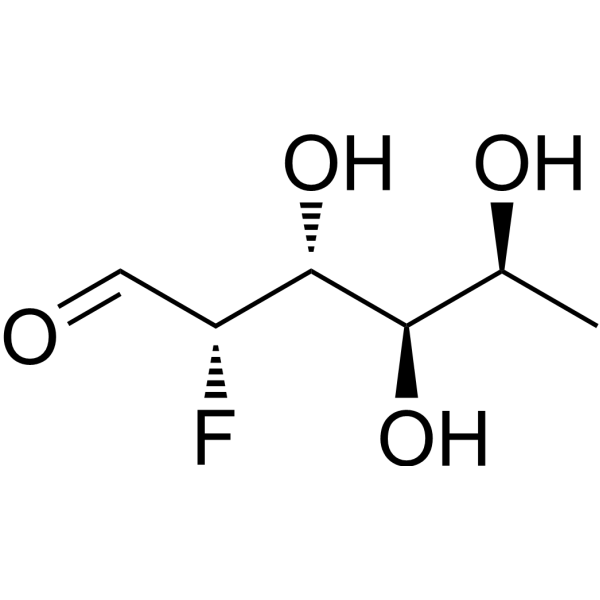
|
| DC41046 | Tiafenacil Featured |
Tiafenacil is a new protoporphyrinogen IX oxidase (PPO)-inhibiting herbicide, with IC50 values of 22 to 28 nM for various plant species, including amaranth (Amaranthus tuberculatus), soybean (Glycine max), arabidopsis (Arabidopsis thaliana), and rapeseed (Brassica napus).
More description
|
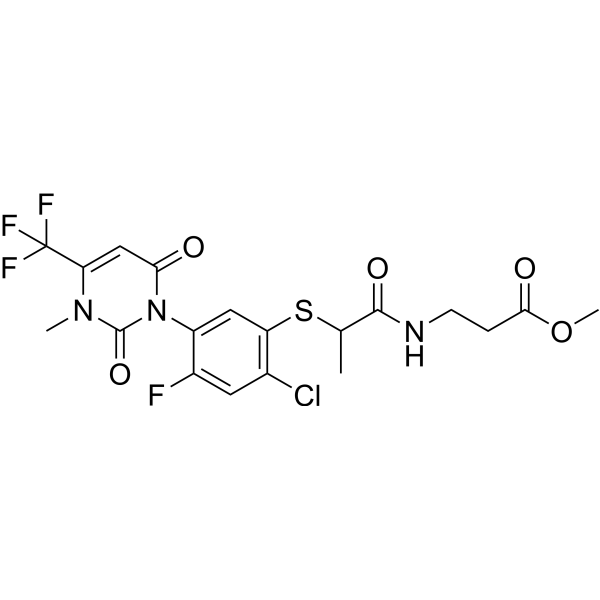
|
| DC40351 | DSPE-PEG(2000)-Amine Featured |
DSPE-PEG(2000)-Amine is used in the synthesis of solid lipid and thermosensitive liposomal nanoparticles for the delivery of anticancer agents.
More description
|

|
| DC58047 | DSPE-mPEG2000((sodium salt)) Featured |
mPEG2000-DSPE is used in COVID 19 mRNA vaccines. It is a PEGylated derivative of 1,2-distearoyl-sn-glycero-3-PE . Formulations containing DSPE-MPEG(2000) have been used to prepare liposomes with long circulation time for the delivery of anticancer and antimalarial agents.. mPEG2000-DSPE has also been widely used as hydrophilic surface modifying agent for a variety types of hydrophobic nanoparticles, including recently reported lipid nanoparticle mRNA vaccines.
More description
|

|
| DC65786 | DSPE-PEG2000-OH (DSPE-PEG hydroxyl) Featured |
DSPE-PEG2000-OH is used for creating micelles that are able to carry drugs with low solubility.
More description
|

|
| DC66175 | DMPE-PEG-Rhodamine B Featured |
DMPE-PEG, a synthetic lipid, possesses unique properties and finds extensive applications as liposomes. Firstly, DMPE-PEG exhibits excellent biocompatibility and solubility, allowing for its stable presence and efficient absorption and metabolism in vivo. Additionally, DMPE-PEG possesses good surface activity, aiding in the stabilization of liposome structures and enhancing their stability.
More description
|

|
| DC66226 | DOPE-PEG-NBD Featured |
DOPE-PEG is a versatile phospholipid derivative with unique properties that make it suitable for various applications. Its hydrophobic and hydrophilic nature enables efficient encapsulation and delivery of drugs and nucleic acids, making it a valuable tool in drug delivery systems and gene therapy.
Additionally, DOPE-PEG can enhance the stability and circulation time of liposomes, improving their efficacy as drug carriers.
More description
|

|
| DC21253 | LY3202626 Featured |
LY3202626 is a small molecule non-selective BACE1 inhibitor, causes dose-dependent reductions in CSF and plasma Aβ concentrations, shows potential for the treatment of Alzheimer's disease..
More description
|

|
| DC67586 | AGM300 Featured |
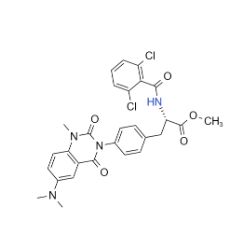
|
|
| DC23132 | Nalfurafine hydrochloride Featured |
Nalfurafine (TRK-820, TRK820) is potent, selective agonist of kappa-opioid receptor with Ki of 3.5 nM, 15-fold less potent for μOR and little affinity for δOR (Ki=53 and 1,200 nM, respectively).It is for research use only, and the end user must be the universities.
More description
|
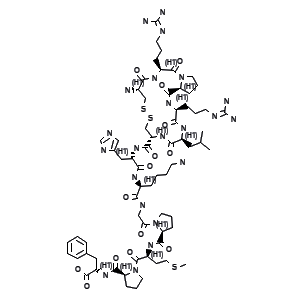
|
| DC67574 | GS-1427 Featured |
GS-1427 is a drug candidate specifically designed based on this mechanism. It potently inhibits the α4β7–MAdCAM-1 interaction with picomolar-level activity while demonstrating high selectivity.
More description
|
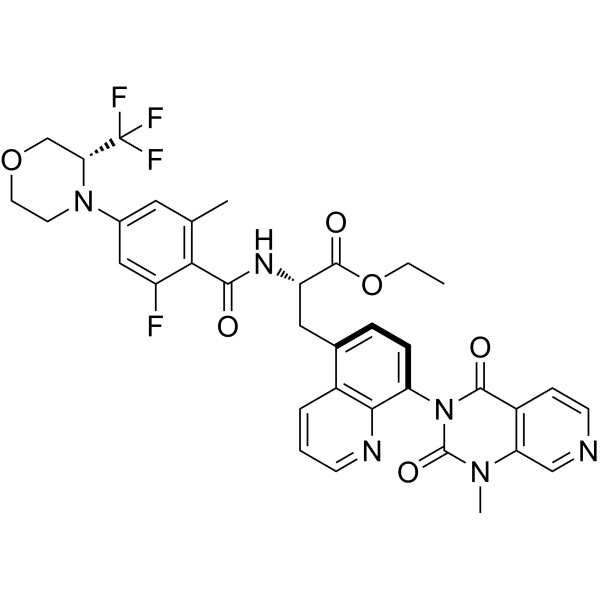
|
| DC73194 | Fraisinib Featured |
Fraisinib is a specific and effective inhibitor of glycyl-tRNA synthetase 1 (GARS1), suppresses the synthesis of Ap4A by GARS1 and displays strong anti-tumoral potential.
More description
|
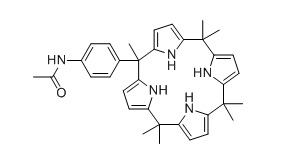
|
| DC74181 | SPI-21 Featured |
SPI-21 (Spt5-Pol II inhibitor 21) is a small-molecule inhibitor of Spt5-Pol II with IC50 of 25.2 uM.
More description
|

|
| DC67585 | FLIX5 Featured |
This study investigates neuroblastoma with additional insights into medulloblastoma, revealing that the small-molecule compound FLIX5 exhibits broad-spectrum cytotoxicity against both tumor types, primarily by inducing apoptosis. Under conditions of impaired mitochondrial function, FLIX5 was found to enhance cholesterol dependency in neuroblastoma cells. Furthermore, FLIX5 demonstrated synergistic anticancer effects when combined with the conventional chemotherapeutic agent vincristine in both cellular and organoid models. Using techniques including protein solubility profiling, molecular docking predictions, and cellular thermal shift assays, the study identified EPLIN (Epithelial Protein Lost In Neoplasm)—a previously unexplored drug target—as the binding target of FLIX5. EPLIN is involved in multiple cellular processes such as cholesterol uptake and mitochondrial function. These findings offer a novel therapeutic target and strategy for treating aggressive pediatric cancers with MYCN amplification, with potential implications for eradicating drug-resistant dormant tumor cells and expanding treatment indications.
More description
|
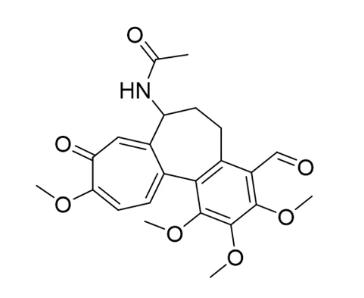
|
| DC74555 | GYS32661 Featured |
GYS32661 (GYS 32661) is a potent Rac inhibitor capable of inhibiting both Rac1 and Rac1b, inhibited activated Rac1 with IC50 of 1.18 uM in in vitro pull-down assays.
More description
|
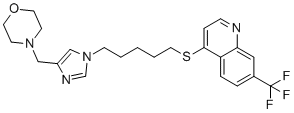
|
| DC67584 | BMS-986463 Featured |
BMS-986463 is a novel, first-in-class targeted protein degrader designed to specifically eliminate WEE1 kinase, a master regulator of cell cycle progression.
More description
|

|
| DC67583 | LRK-4189 Featured |
LRK-4189 represents a potential first-in-class oral small molecule degrader targeting the lipid kinase PIP4K2C, with therapeutic applications in microsatellite stable colorectal cancer and other solid tumors.
More description
|
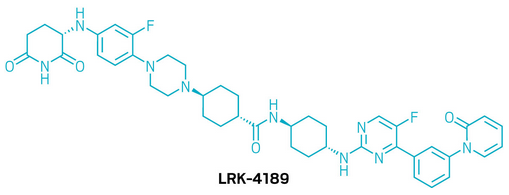
|
| DC67582 | ETN029 Featured |
ETN029 represents an innovative macrocyclic peptide therapeutic specifically engineered to target the atypical Notch ligand DLL3. This target exhibits highly selective overexpression on the surface of small cell lung cancer (SCLC) and neuroendocrine prostate cancer (NEPC) cells, though its relatively low expression density presents significant drug development challenges.
More description
|
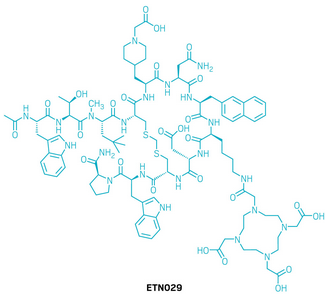
|
| DC67581 | MOMA-341 Featured |
MOMA-341 is a highly selective covalent inhibitor targeting the Werner syndrome helicase (WRN) protein. Research has demonstrated that WRN plays an essential role in maintaining tumor cell viability in microsatellite instability-high (MSI-H) cancers, while being dispensable in normal tissues. This unique biological characteristic positions WRN inhibition as a promising therapeutic strategy that could selectively target cancer cells while minimizing effects on healthy tissues.
More description
|

|
| DC67580 | TYRA-200 Featured |
TYRA-200 represents a next-generation covalent inhibitor specifically engineered to target FGFR2, addressing critical limitations in current therapeutic options. The fibroblast growth factor receptor 2 plays pivotal roles in cellular proliferation and differentiation, with its genetic alterations strongly implicated in intrahepatic cholangiocarcinoma (iCCA) pathogenesis - particularly the FGFR2 fusions observed in 10-15% of iCCA cases. While pan-FGFR inhibitors have recently emerged as treatment options for advanced biliary tract cancers, their clinical utility is frequently compromised by polyclonal resistance mutations, predominantly within the FGFR2 kinase domain. TYRA-200 was developed through structure-guided rational design to overcome these resistance mechanisms.
More description
|

|
| DC67579 | Zolucatetide Featured |
Zolucatetide demonstrates potent inhibitory activity against β-catenin, exhibiting sub-50 nanomolar IC50 values in biochemical assays. This investigational compound mechanistically disrupts the protein-protein interaction between β-catenin and T-cell factor (TCF) transcription factors, thereby interfering with canonical Wnt signaling pathway activation. Preclinical studies have revealed its promising antitumor efficacy across multiple cancer models.
More description
|
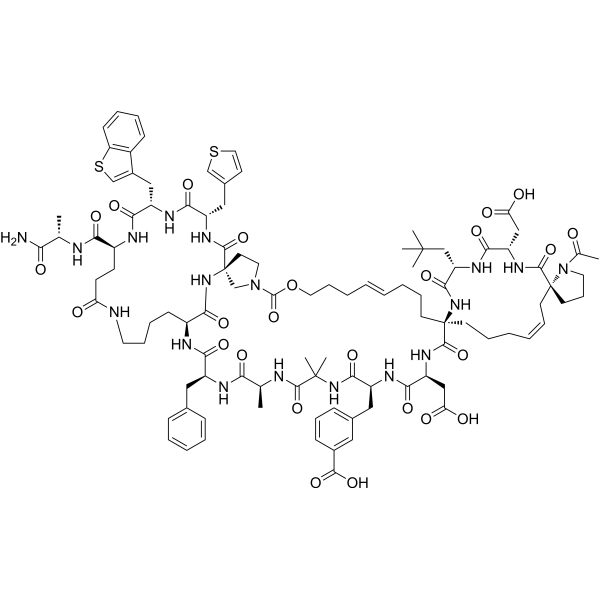
|
| DC67578 | [11C]MK-7337 Featured |
[11C]MK-7337 is an innovative positron emission tomography (PET) radioligand specifically designed for imaging α-synuclein pathology associated with Parkinson's disease. The neurodegenerative disorder is characterized by abnormal accumulation of α-synuclein protein aggregates, forming Lewy bodies in the brain. Early and precise detection of these pathological changes is crucial for timely intervention and disease progression management.
More description
|
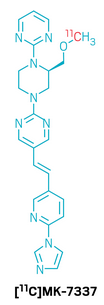
|
| DC67577 | PF-07293893 Featured |
PF-07293893 represents a novel and selective activator targeting the AMPKγ3 isoform, developed as a potential therapeutic for heart failure. As a central regulator of cellular energy metabolism, AMPK plays a pivotal role in critical processes including fatty acid synthesis and mitochondrial biogenesis, making it an attractive target for various metabolic disorders.
More description
|
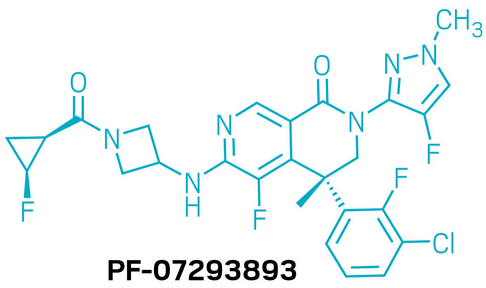
|
| DC67576 | AZD0233 Featured |
AZD0233 is a novel small-molecule therapeutic agent targeting the chemokine receptor CX3CR1. This receptor is predominantly expressed on immune cells including monocytes, macrophages, natural killer (NK) cells, and memory effector T cells, where it specifically interacts with its sole ligand CX3CL1 (fractalkine).
More description
|
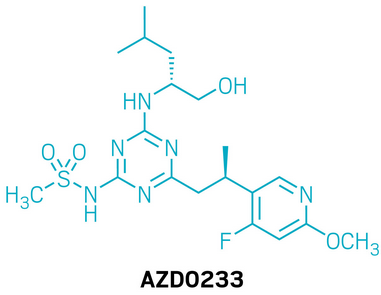
|
| DC67575 | PF-07899895 Featured |
PF-07899895 (designated as compound 34) demonstrates potent inhibitory activity against salt-inducible kinases (SIKs), exhibiting IC50 values of 1.2 nM for SIK1, 0.9 nM for SIK2, and 1.8 nM for SIK3.
More description
|

|
| DC67573 | BMS-986470 Featured |
BMS-986470 is an investigational drug designed to address the long-standing unmet medical needs in sickle cell disease (SCD). This condition is caused by mutations in the β-globin gene, leading to abnormal hemoglobin that polymerizes under hypoxic conditions, distorting red blood cells and triggering painful vaso-occlusive crises and hemolysis.
More description
|
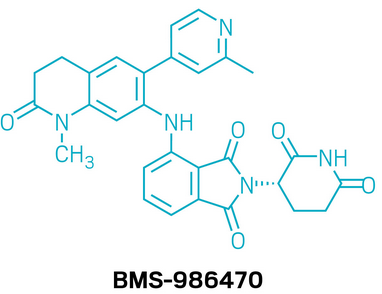
|
| DC67572 | IID432 Featured |
IID432 is a small-molecule drug candidate under development for the treatment of Chagas disease (American trypanosomiasis). This disease has long afflicted millions of patients worldwide, yet current therapies often suffer from prolonged treatment durations, inconsistent efficacy, and suboptimal safety profiles.
More description
|

|
| DC65291 | Onvansertib fumarate Featured |
Onvansertib, also know as NMS-P937, PCM-075 and NMS1286937, is an oral Polo-like kinase 1 (PLK1) inhibitor, a key regulator of cell cycle progression and mitosis. It selectively inhibits PLK1 with a reported half-maximal inhibitory concentration (IC₅₀) of approximately 2 nM, while demonstrating significantly lower activity against other Polo-like kinases (PLK2 and PLK3). Onvansertib has shown potent anti-proliferative effects in various cancer cell lines, particularly in colorectal cancer, acute myeloid leukemia (AML), and prostate cancer models. It induces mitotic arrest, leading to apoptosis in tumor cells. Onvansertib has demonstrated synergistic effects when combined with chemotherapeutics such as irinotecan, 5-fluorouracil (5-FU), and decitabine, enhancing their efficacy in resistant cancers.
More description
|
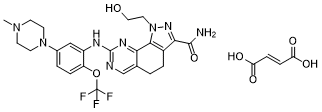
|
| DC40319 | H-D-Phe-Pip-Arg-pNA Featured |
H-D-Phe-Pip-Arg-pNA (S-2238), a chromogenic substrate, is patterned after the N-terminal portion of the A alpha chain of fibrinogen, which is the natural substrate of thrombin. H-D-Phe-Pip-Arg-pNA is specific for thrombin and is used to measure antithrombin-heparin cofactor (AT-III). The AT-III assay using H-D-Phe-Pip-Arg-pNA is sensitive, accurate, and easy to perform.
More description
|

|